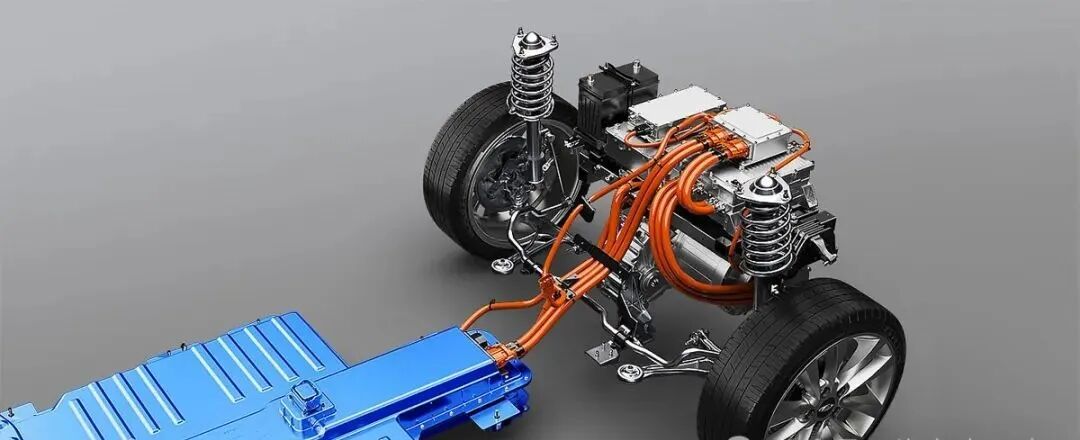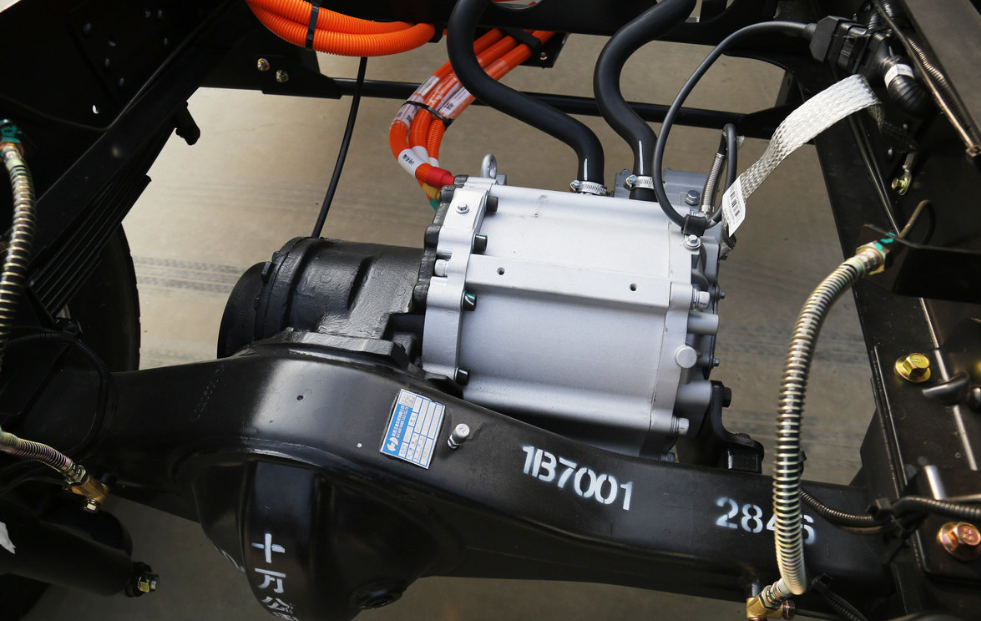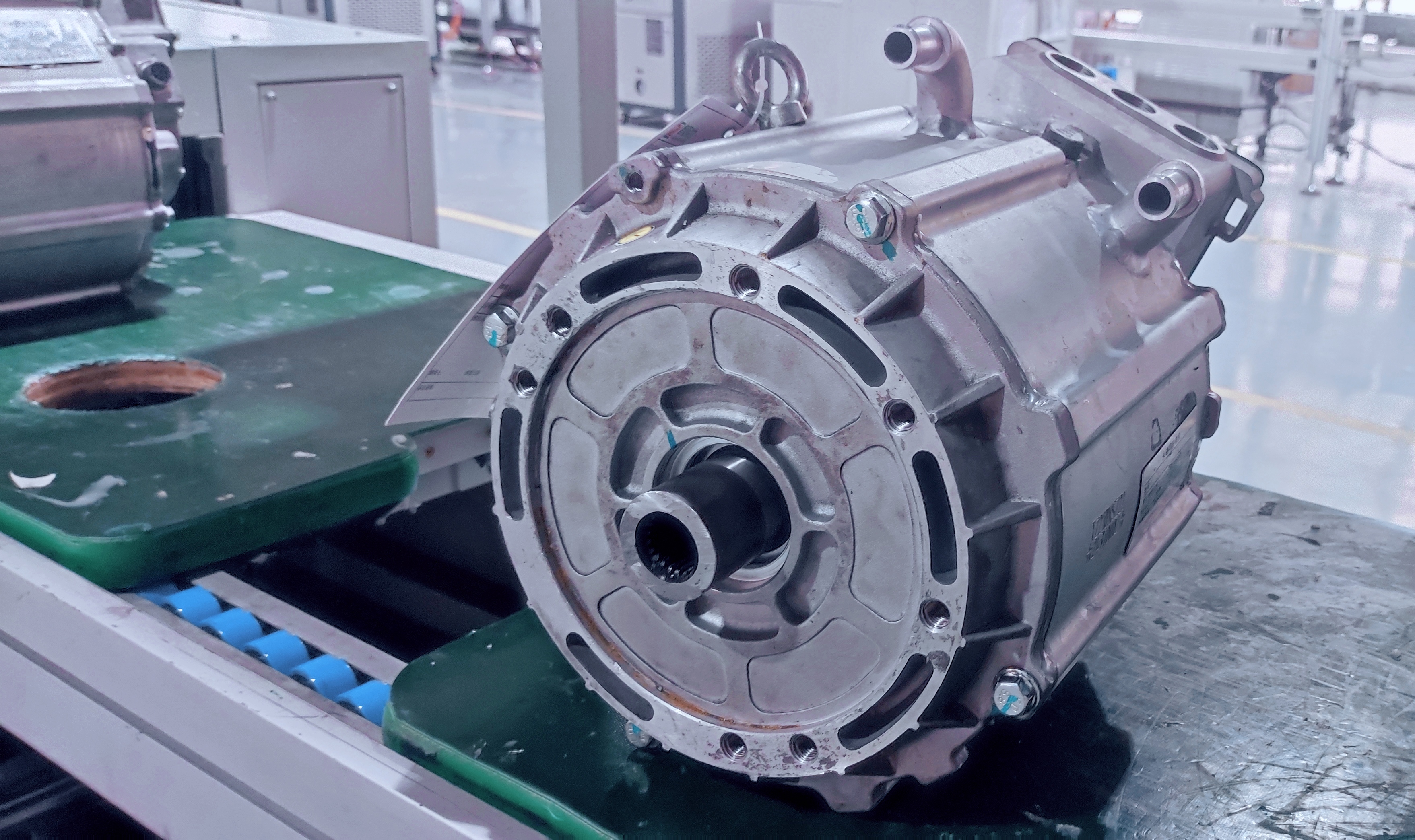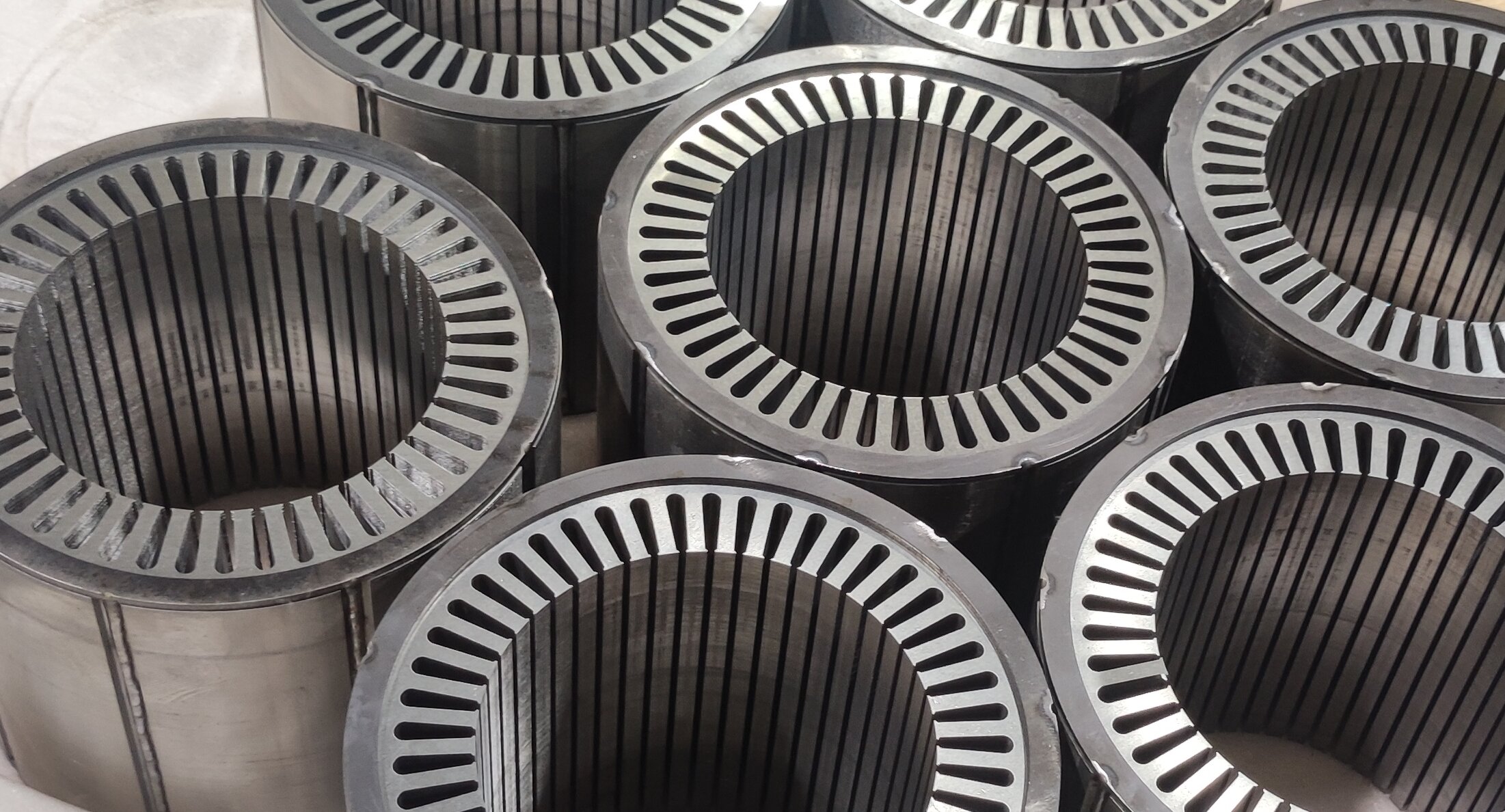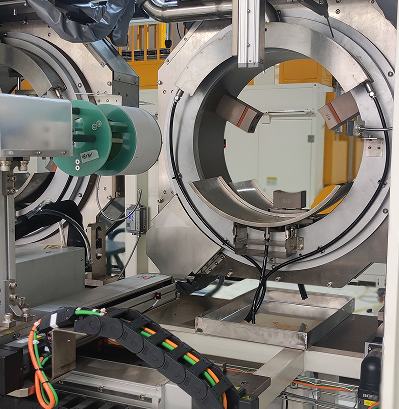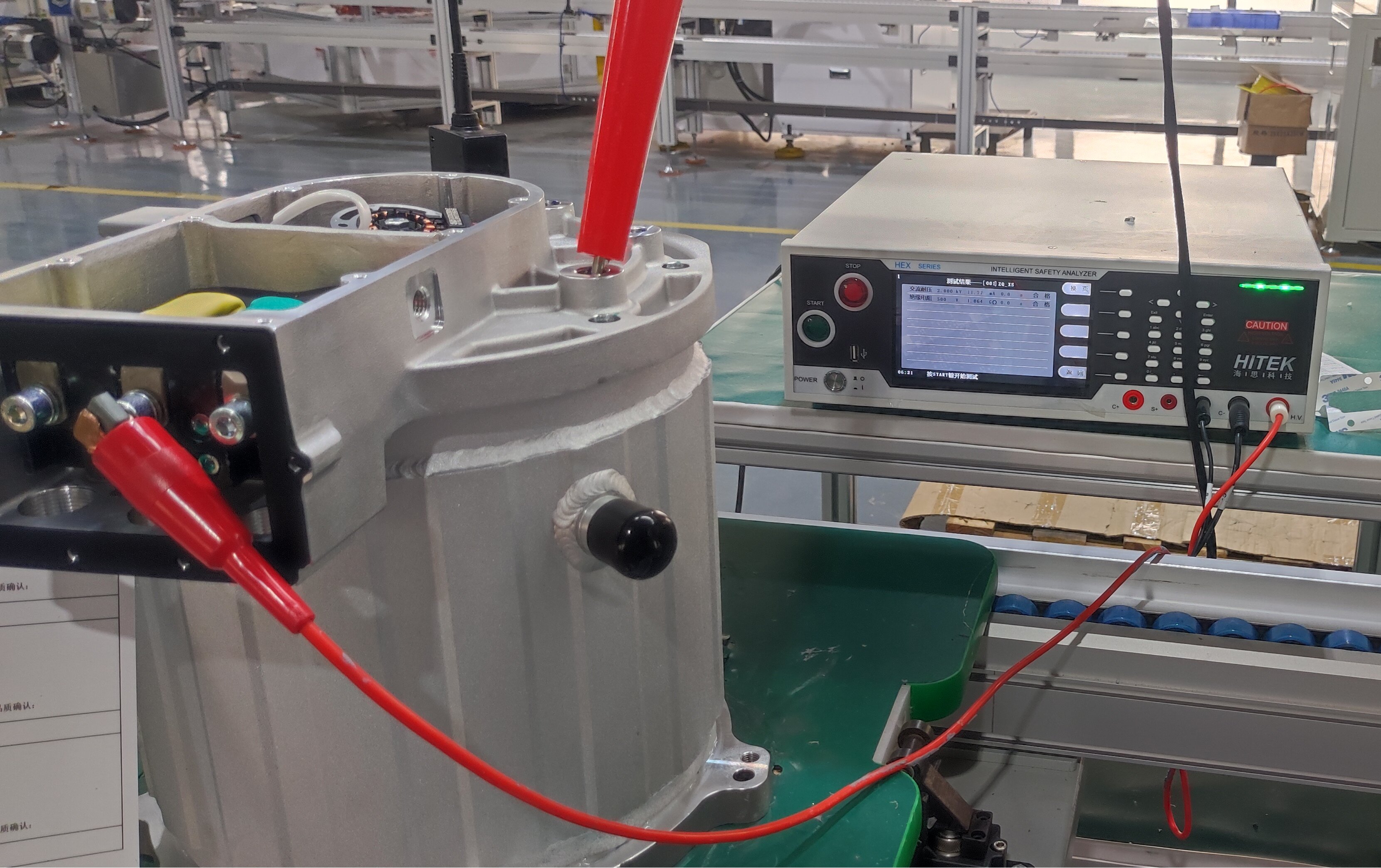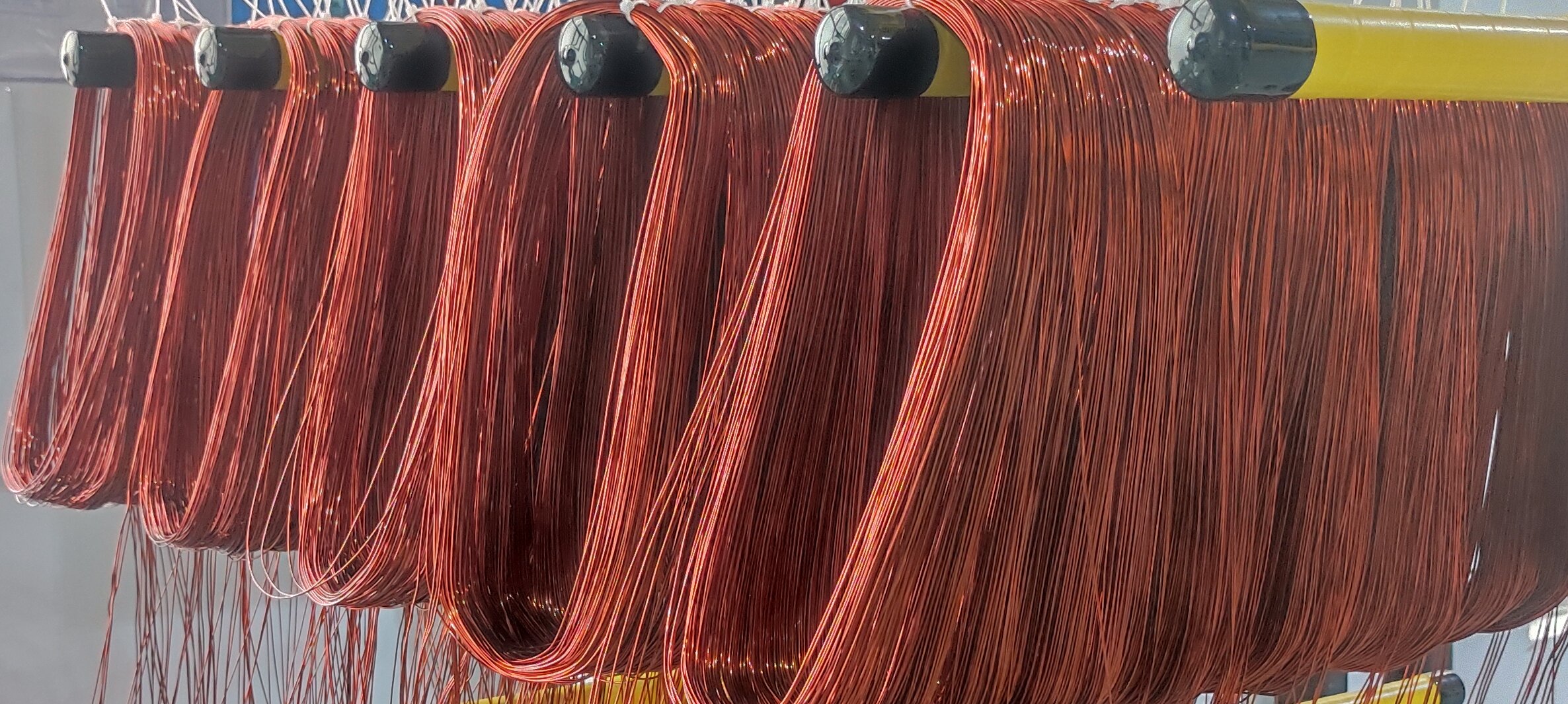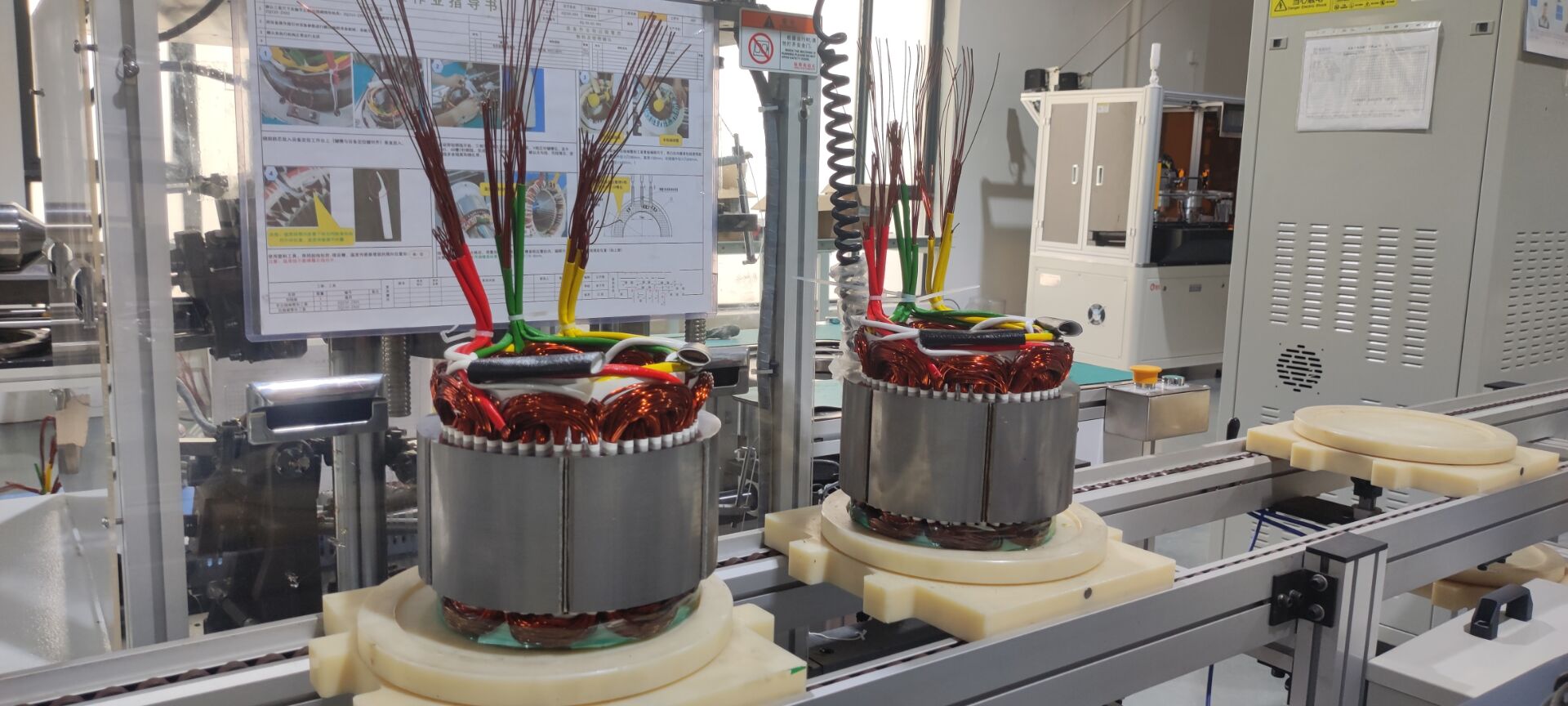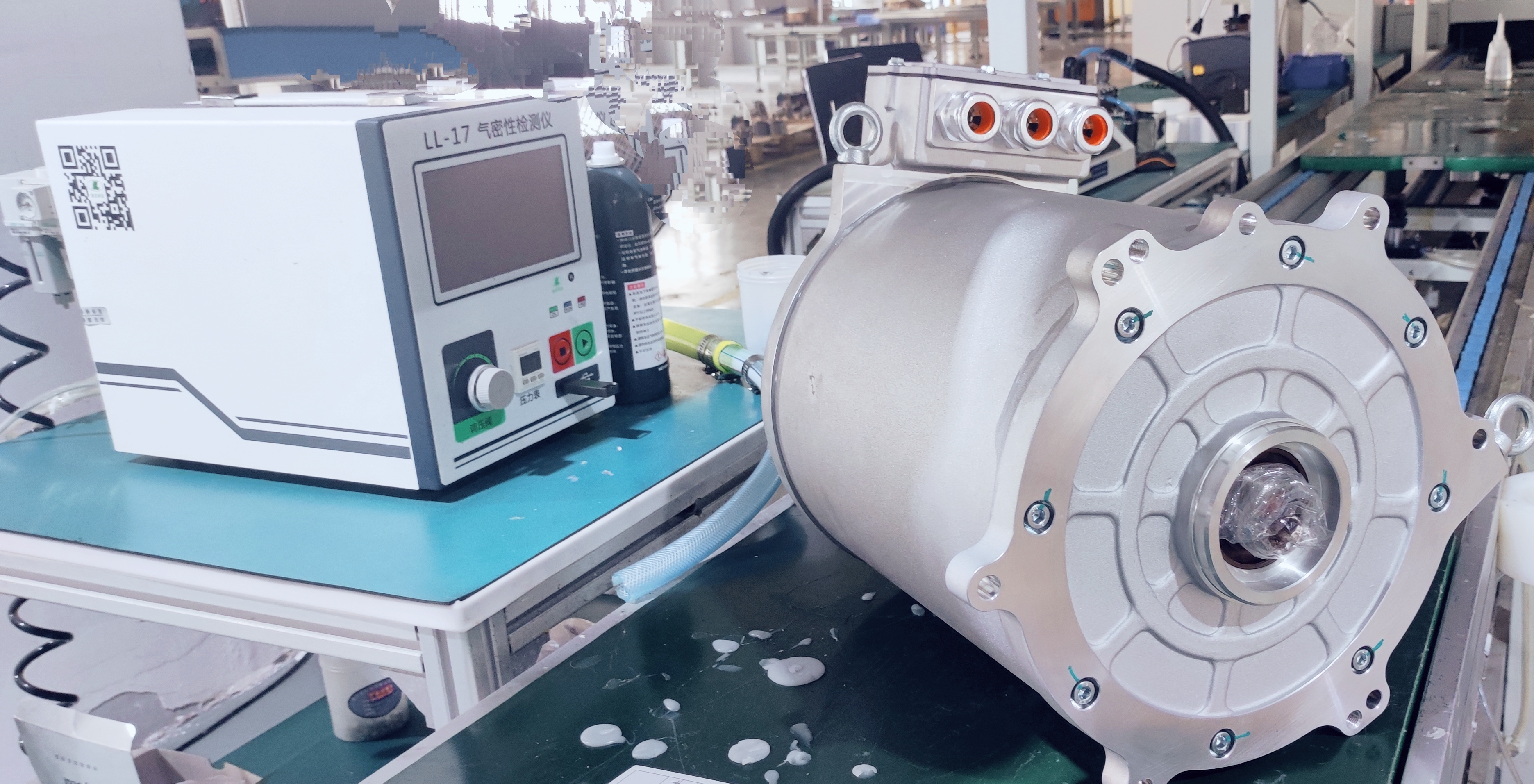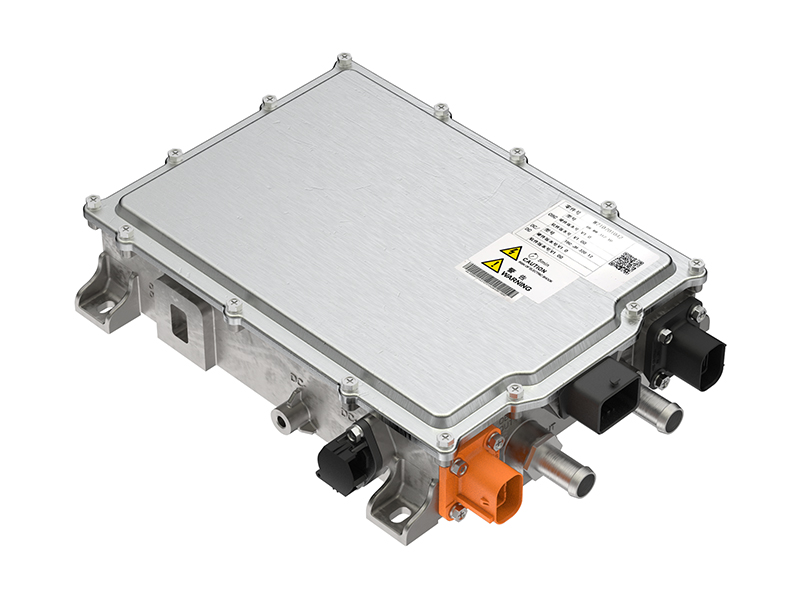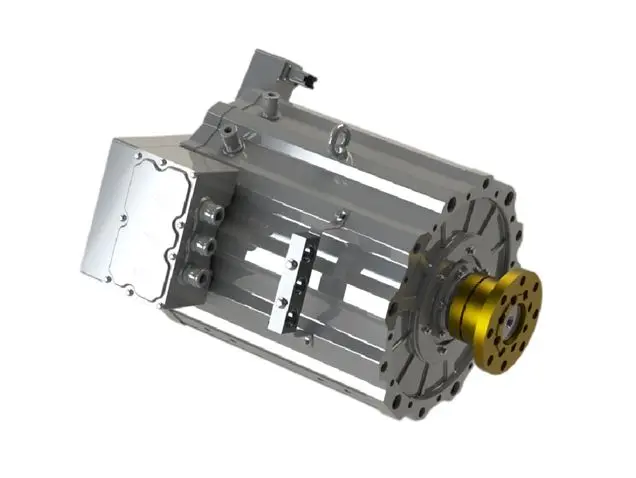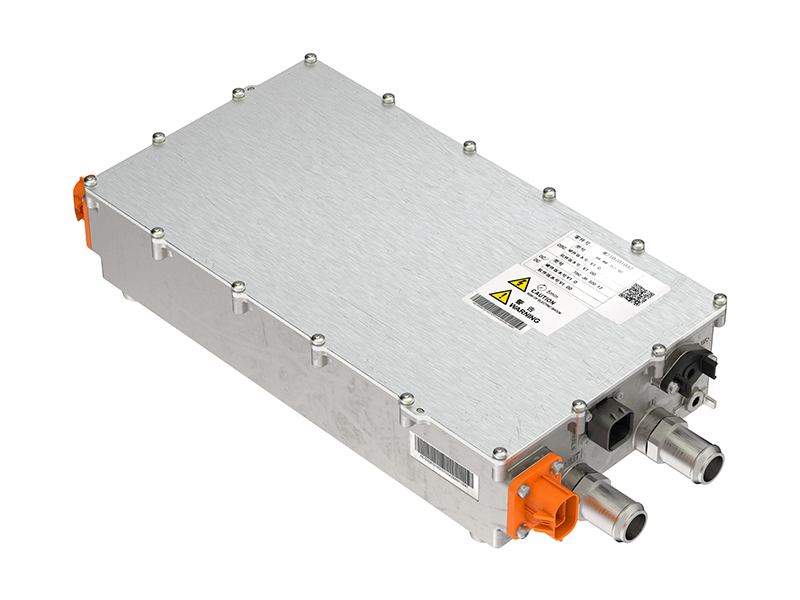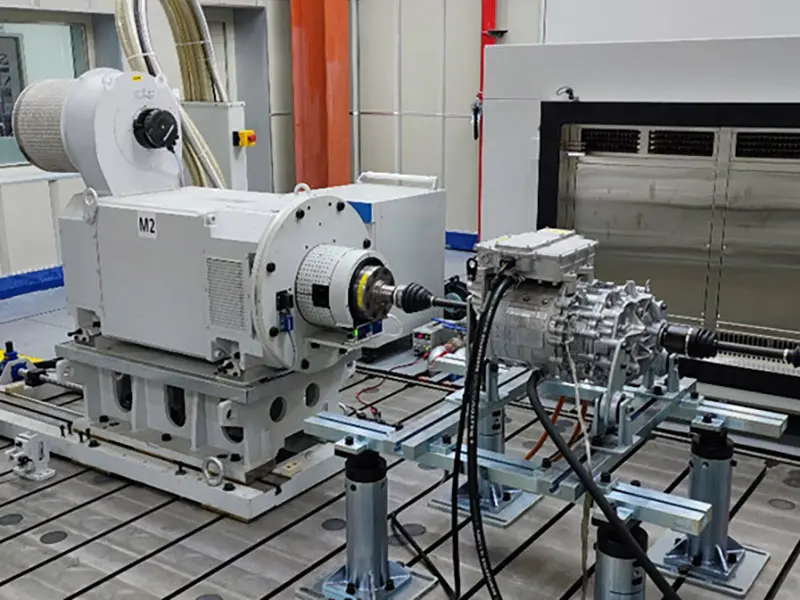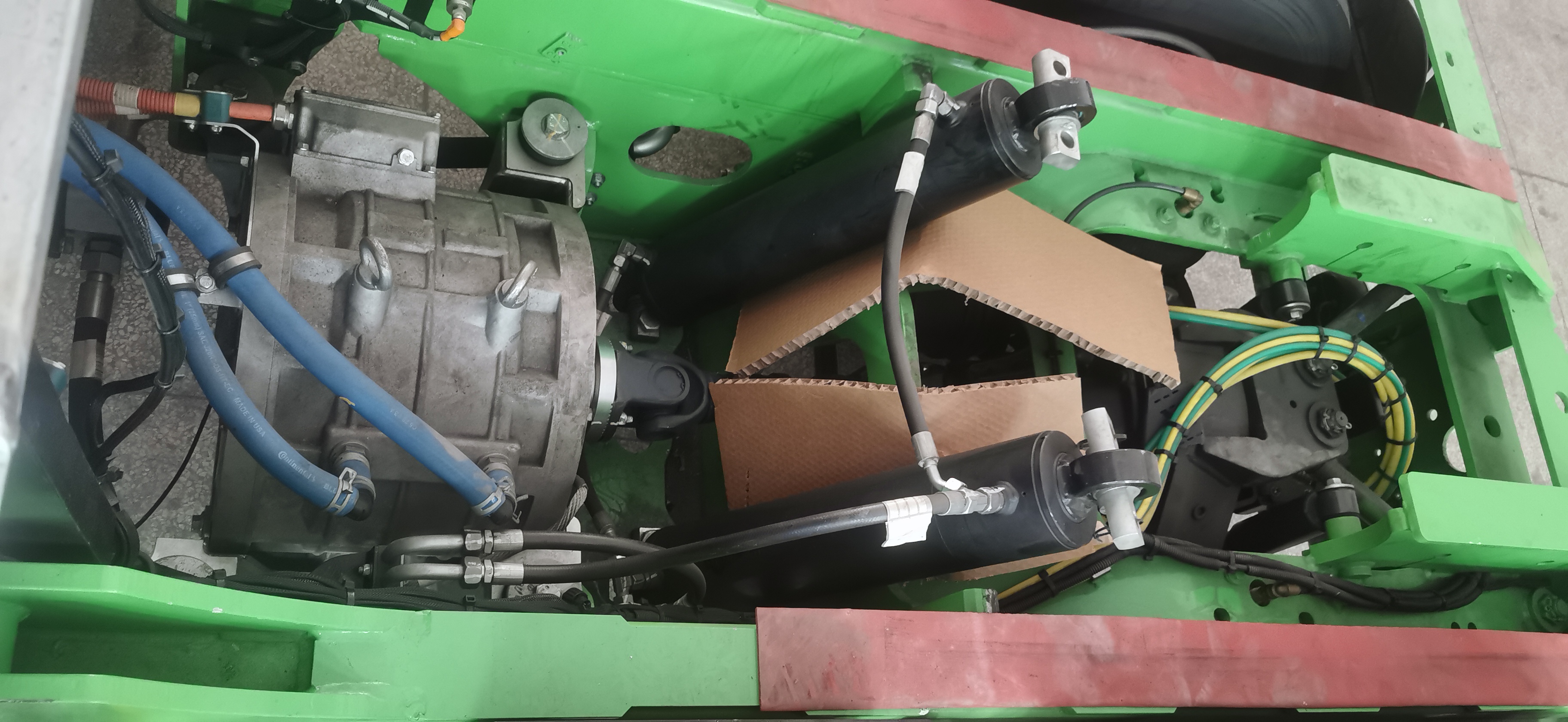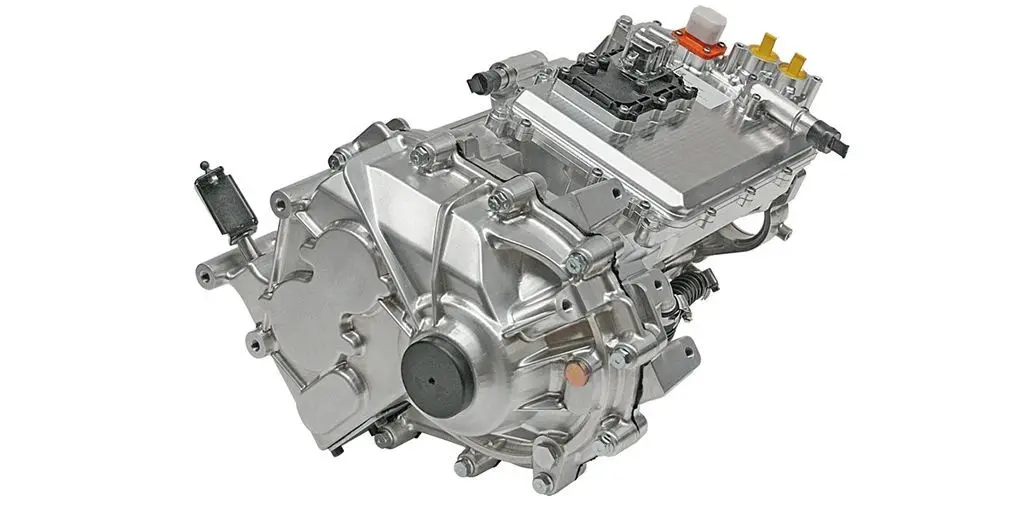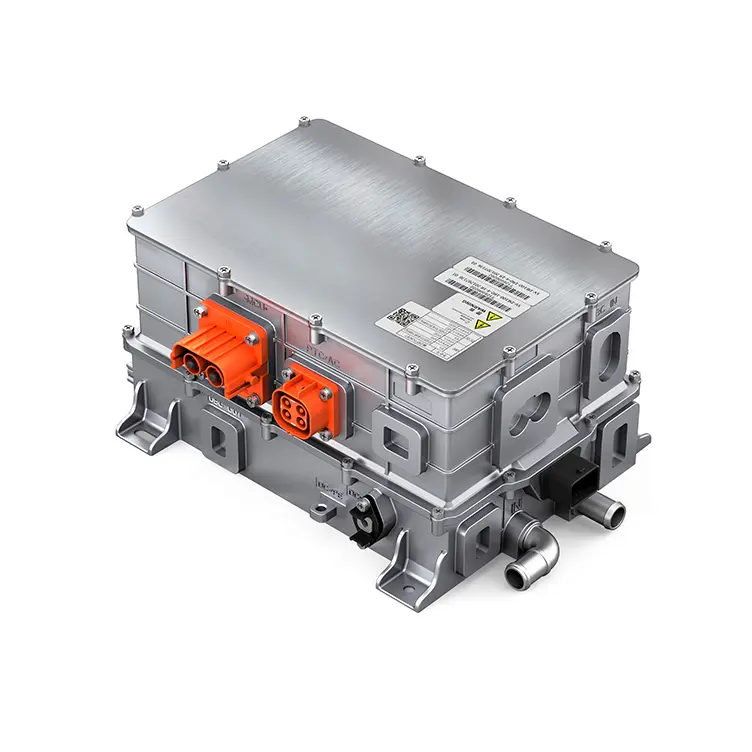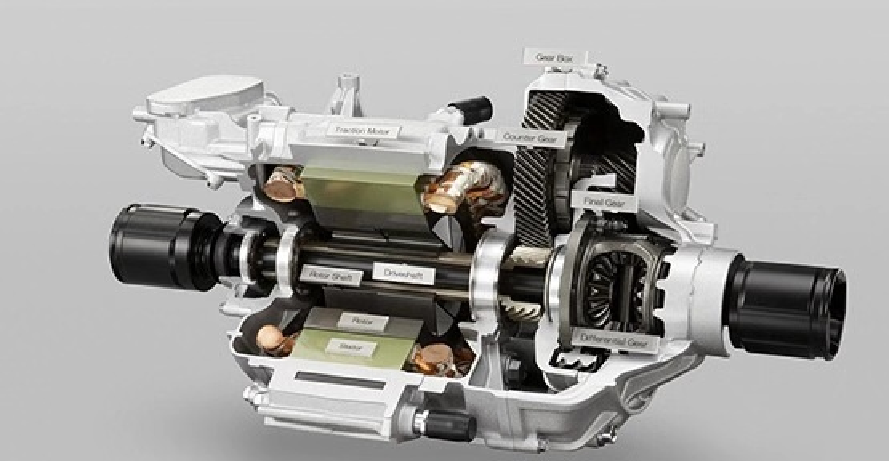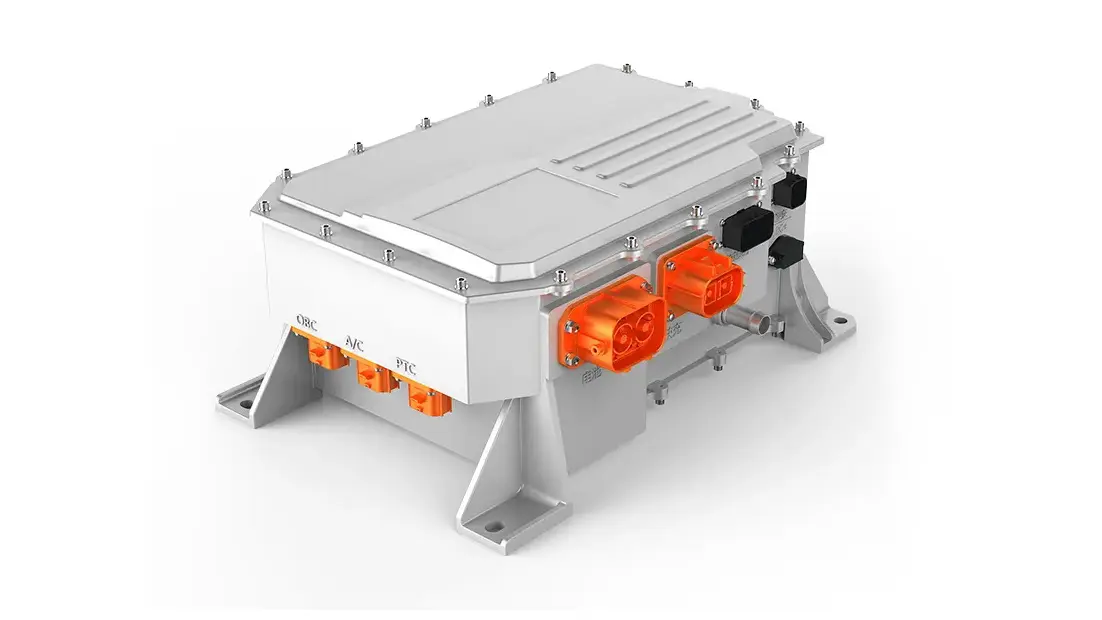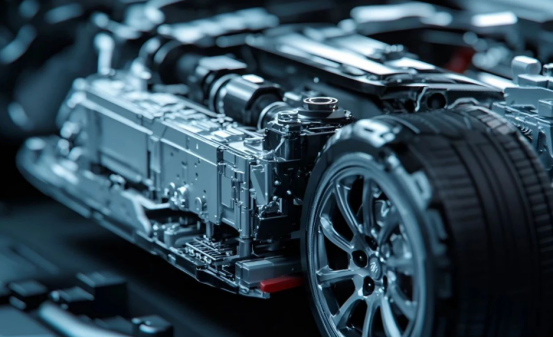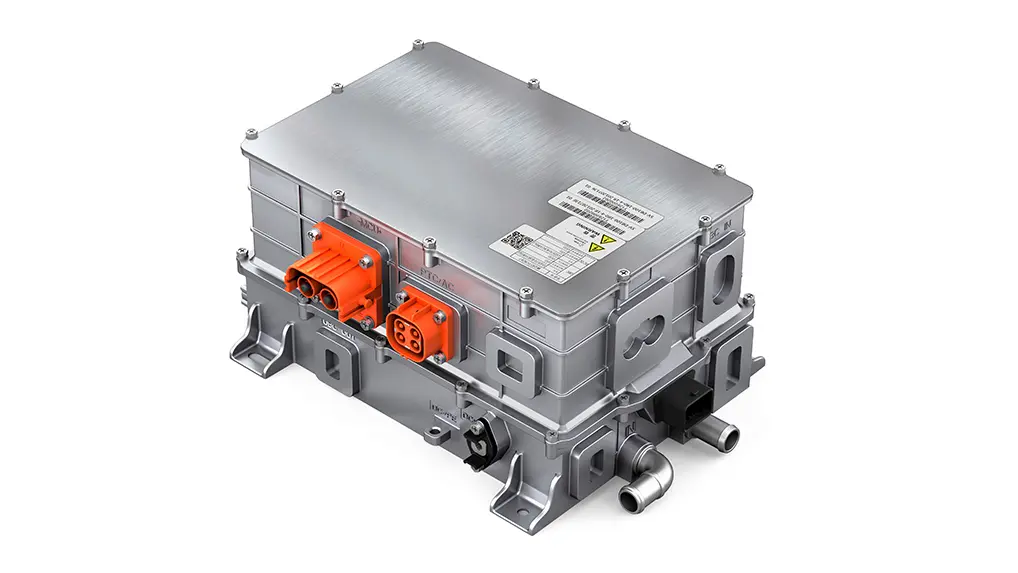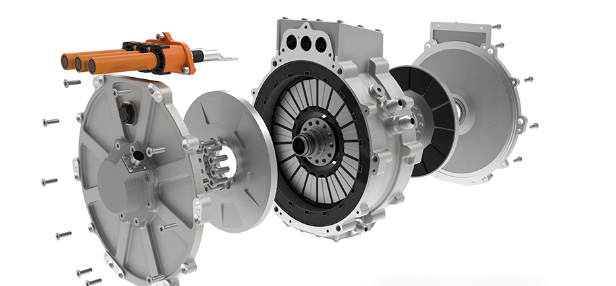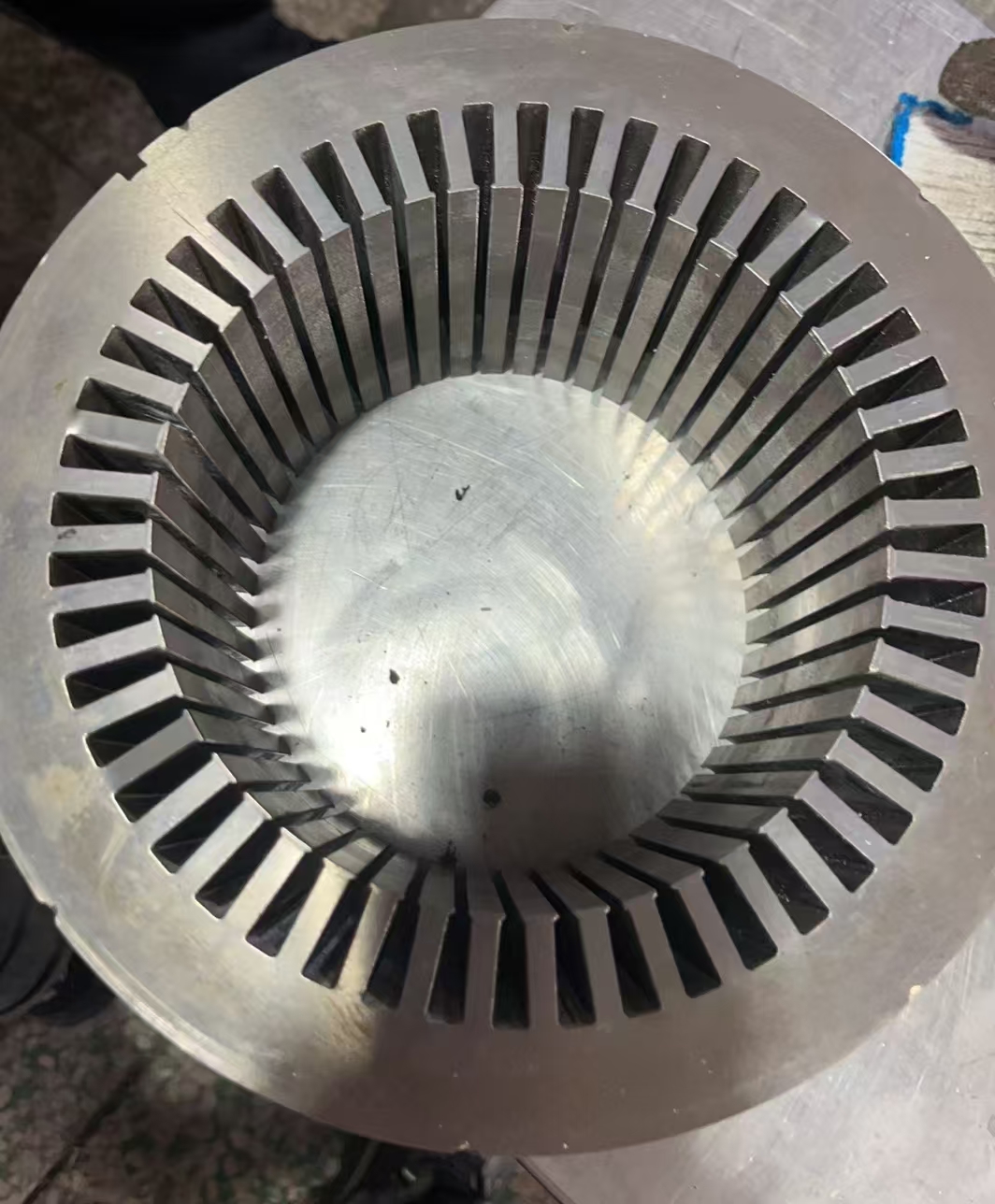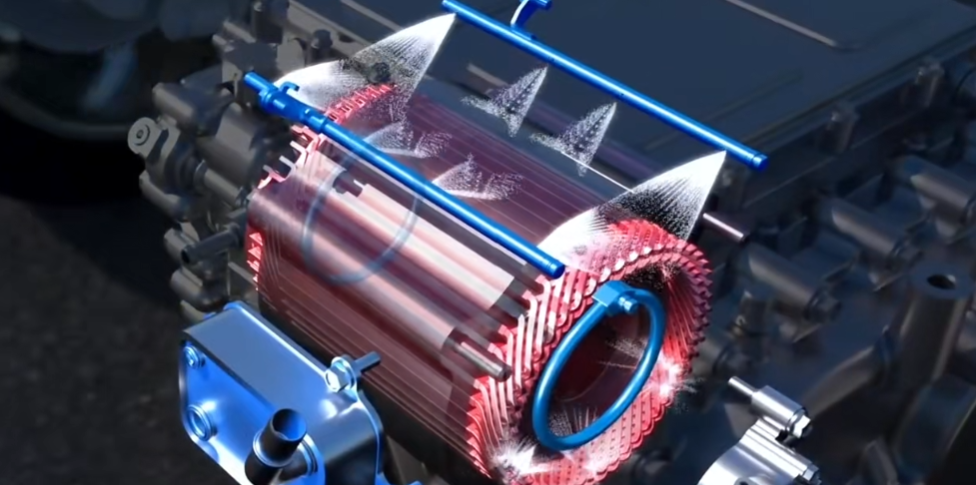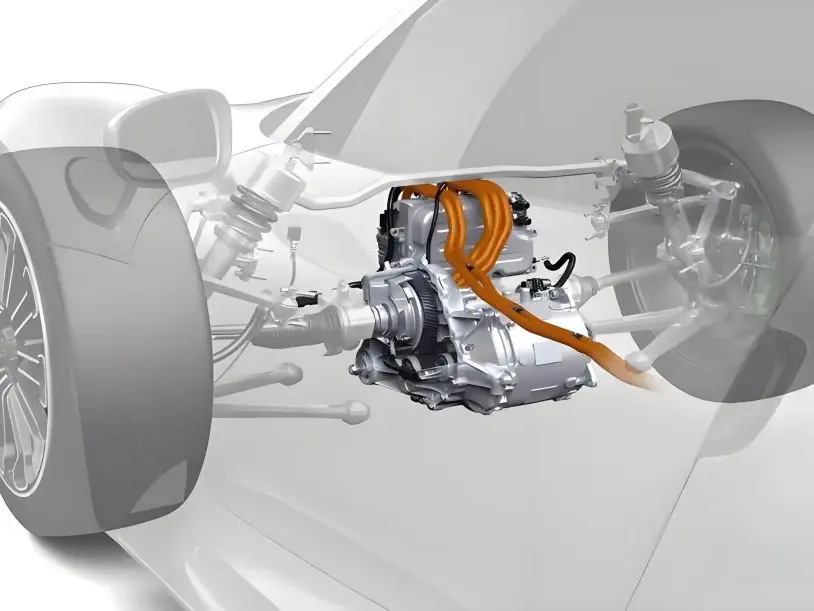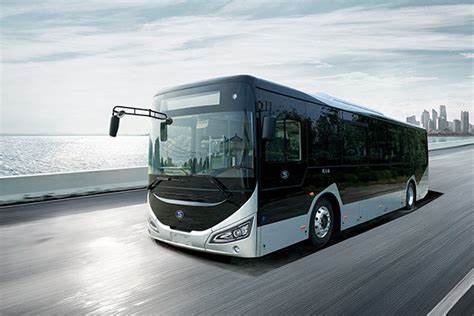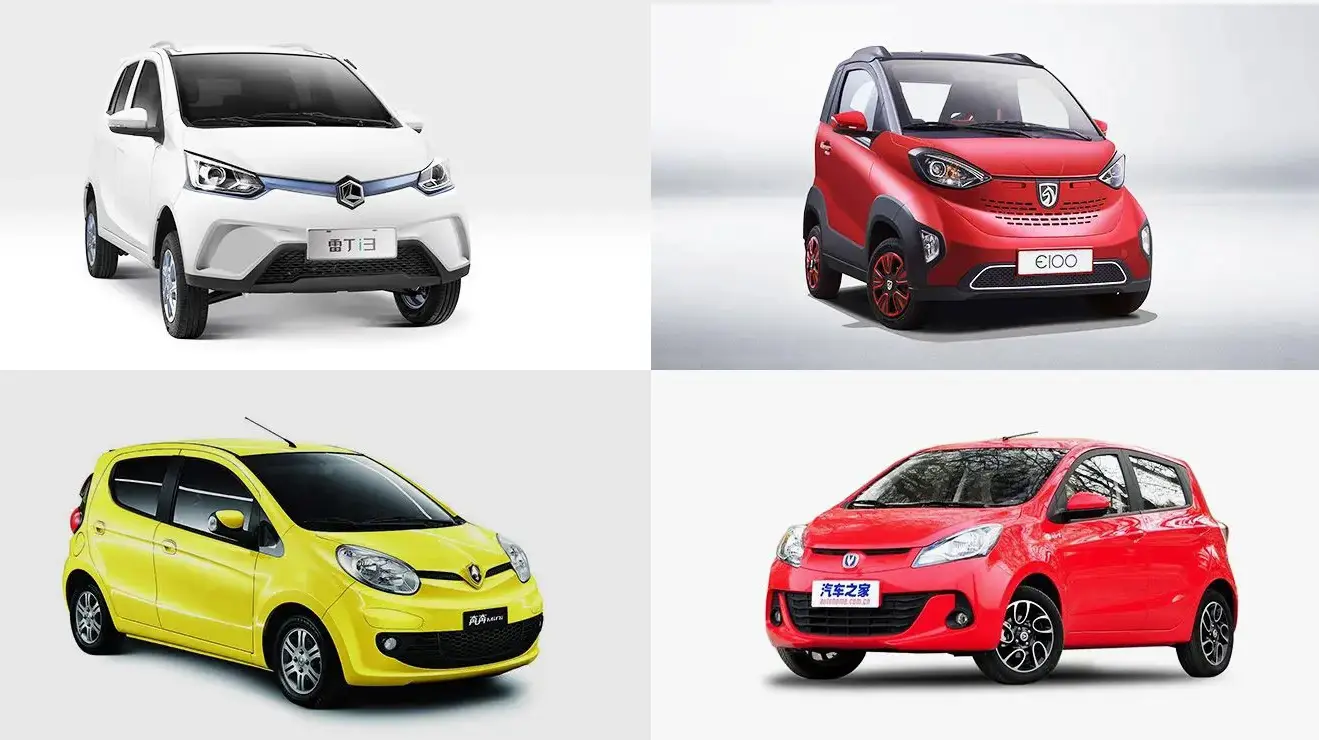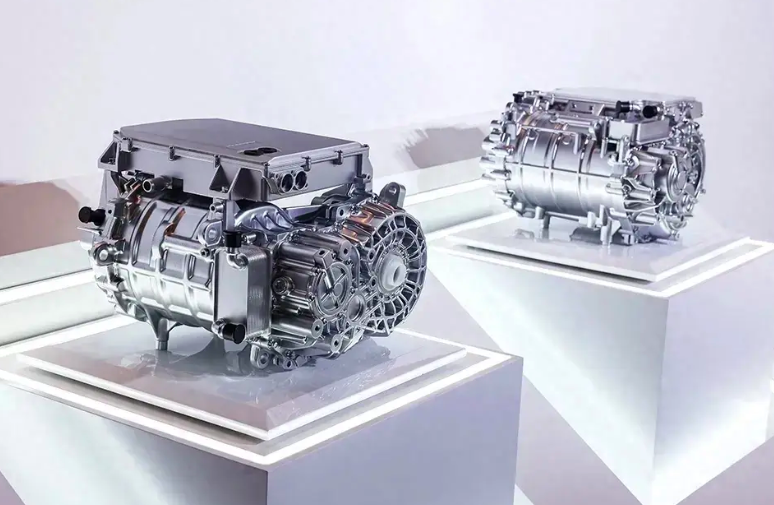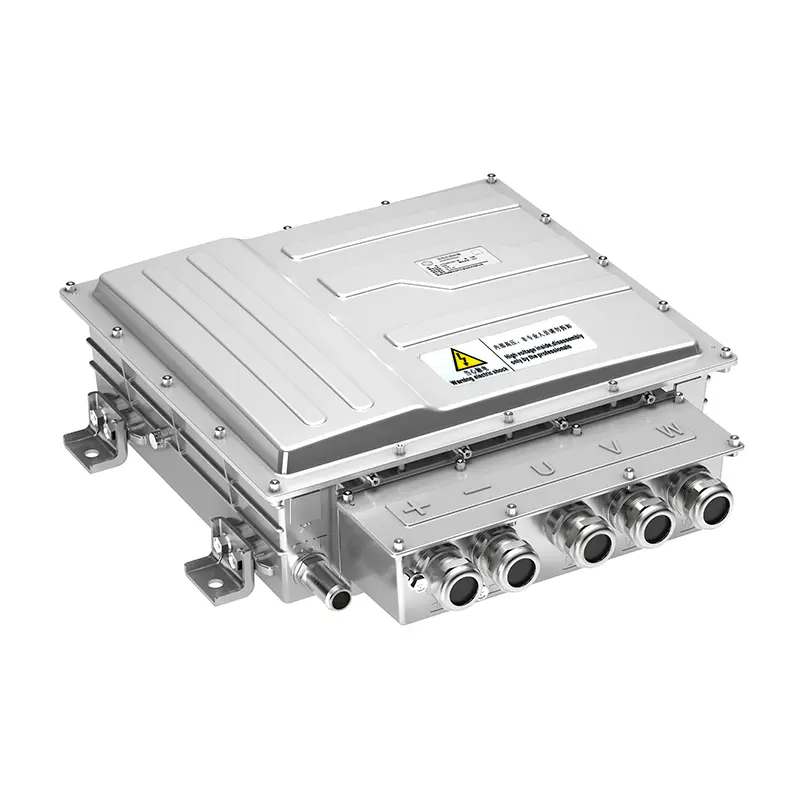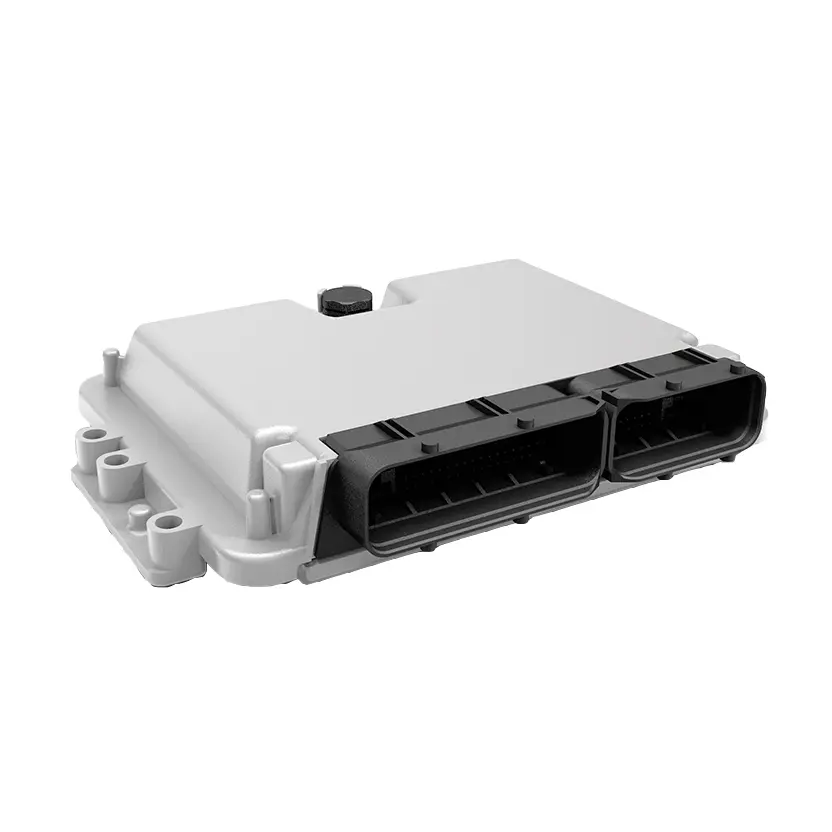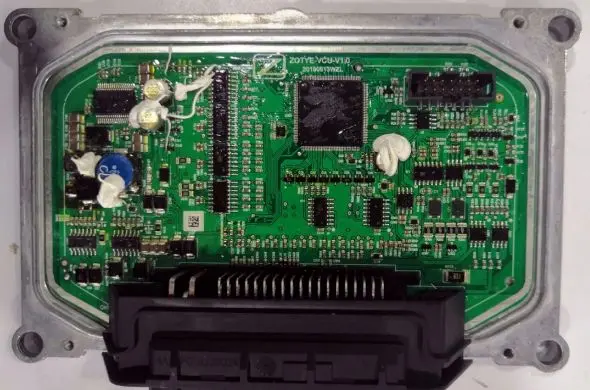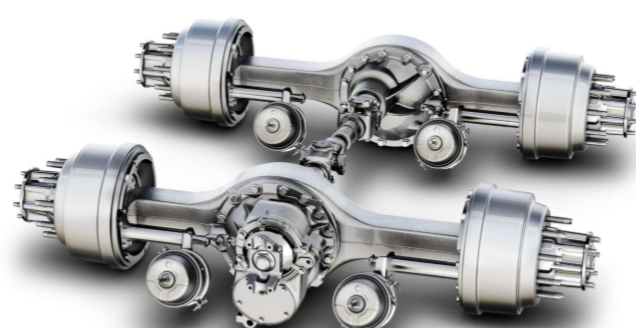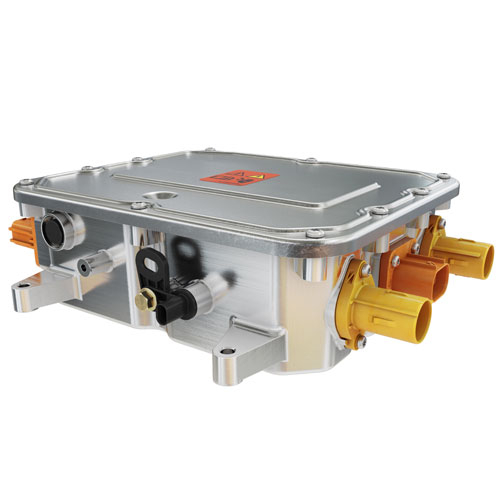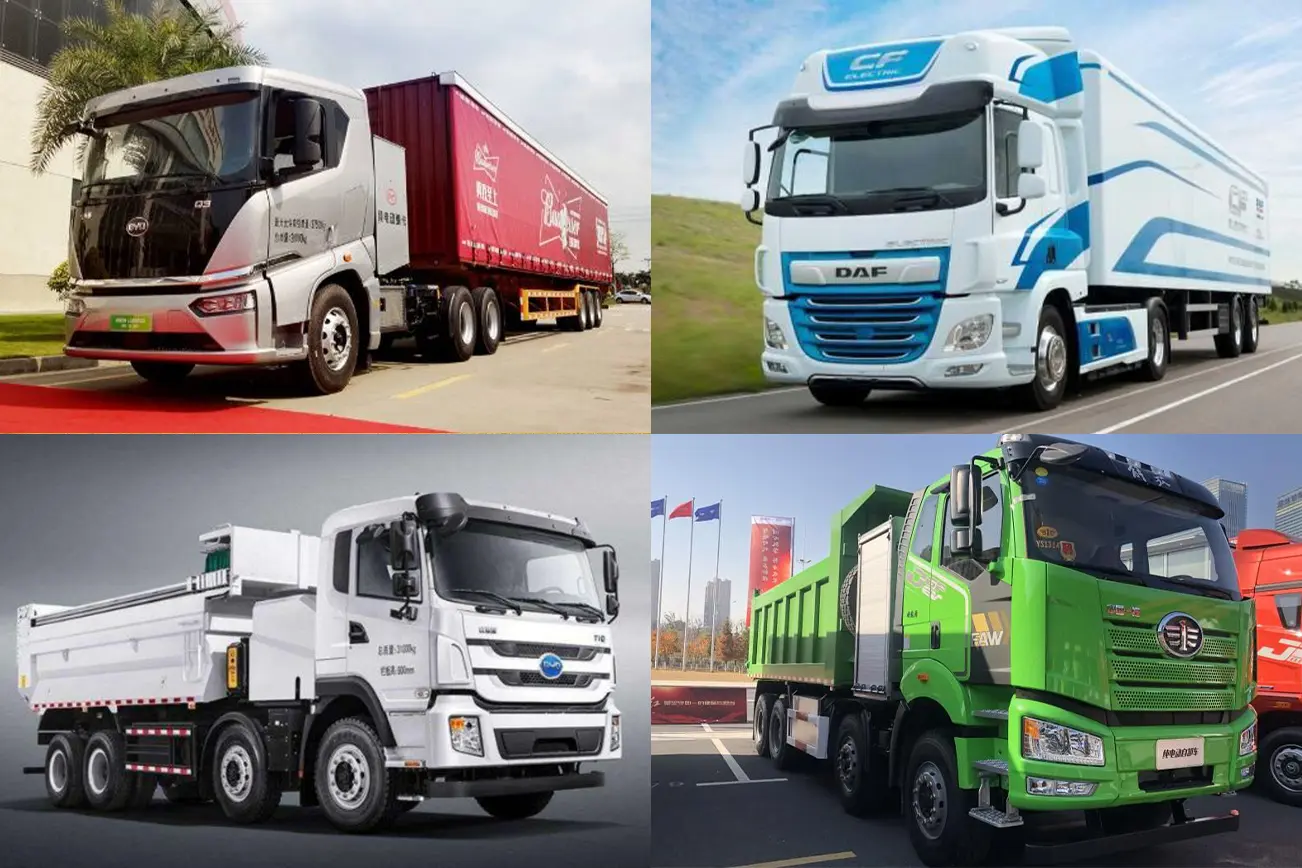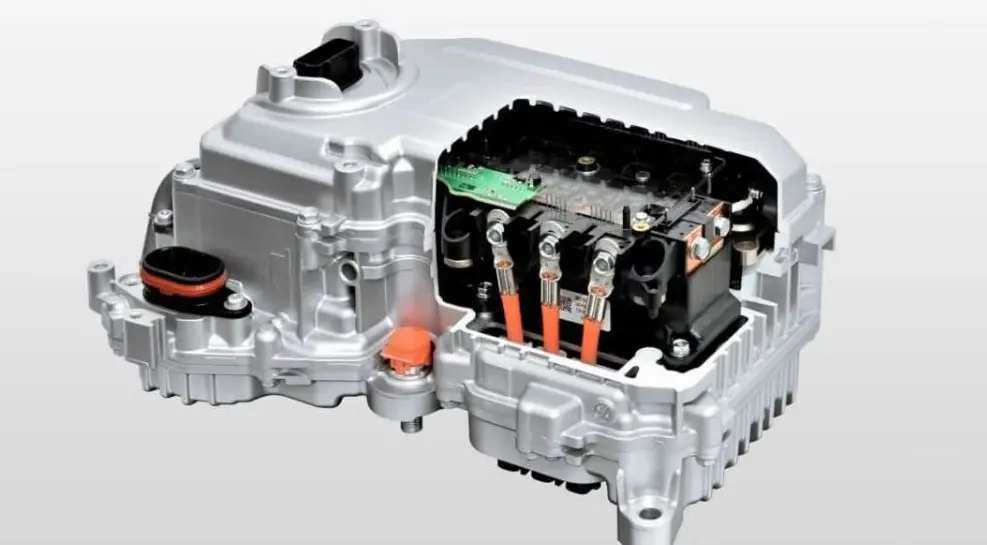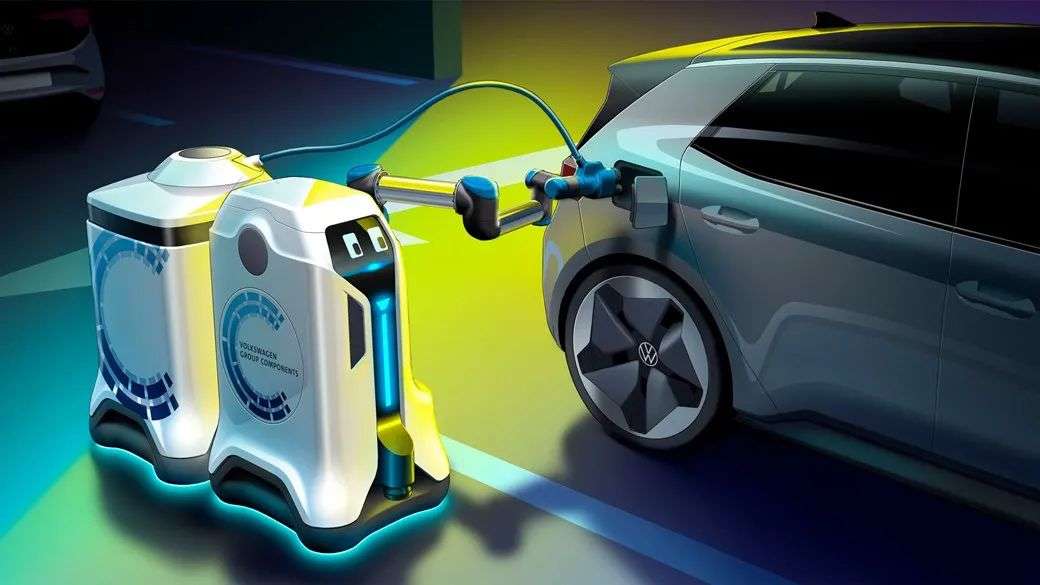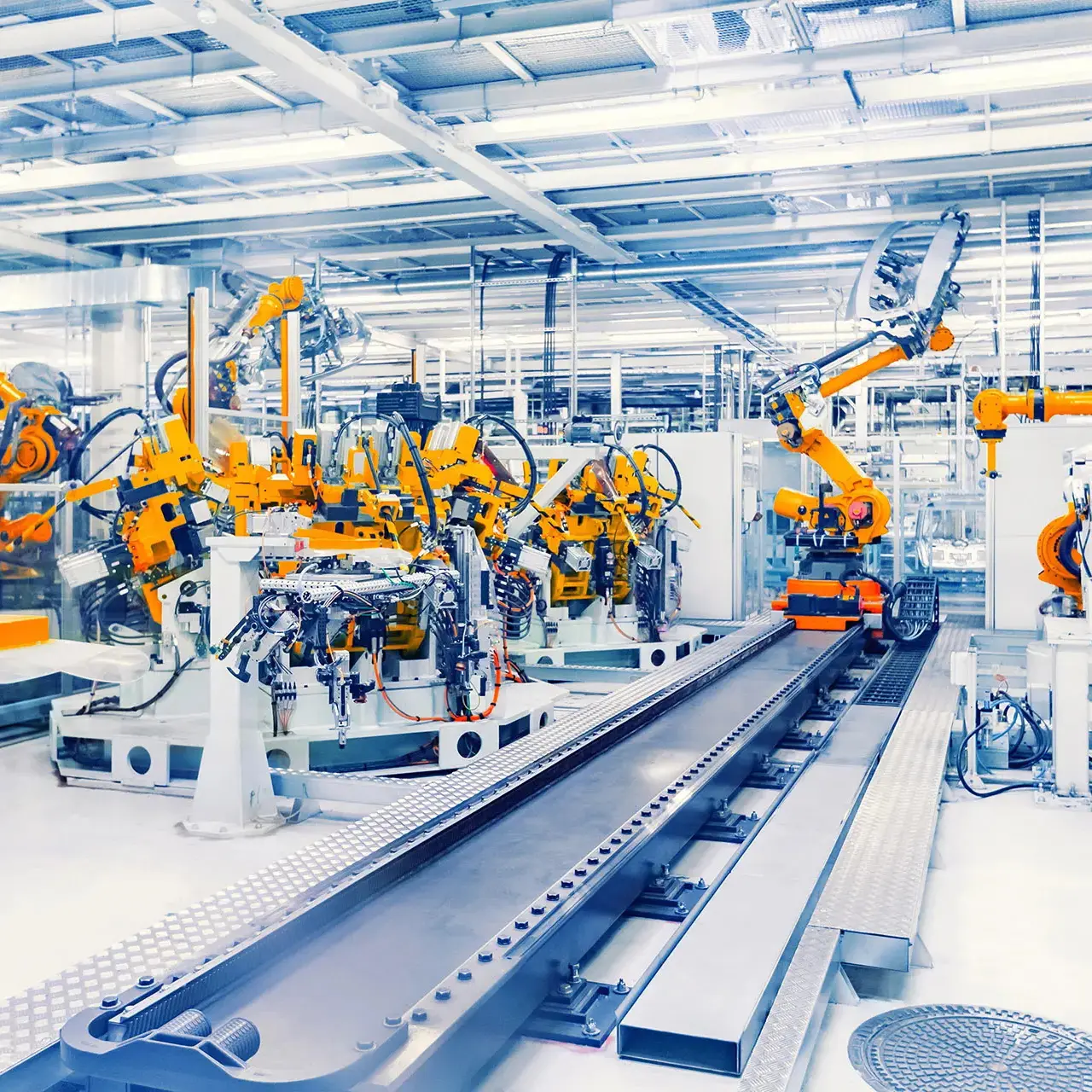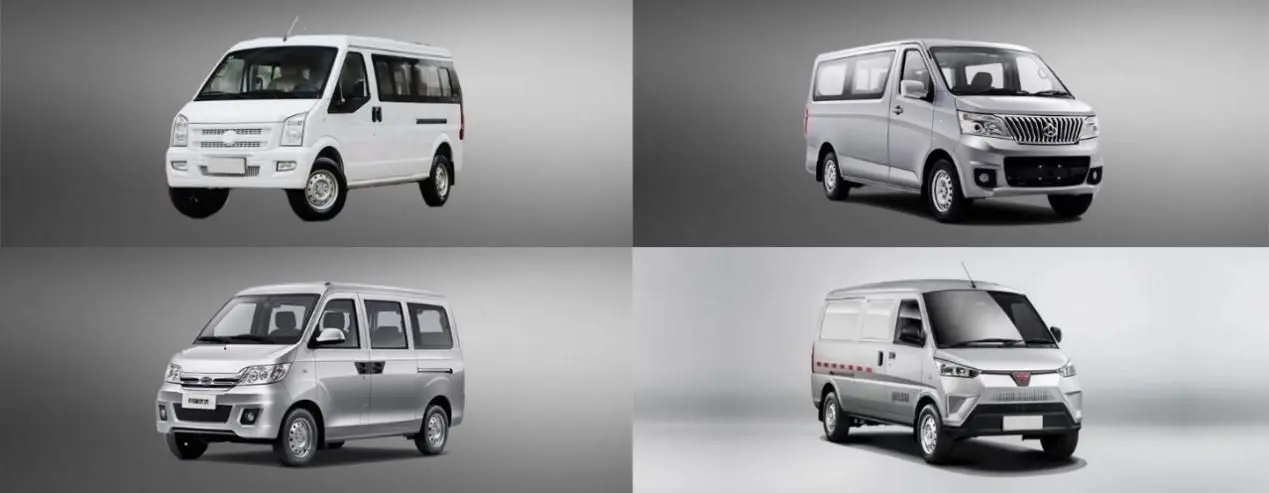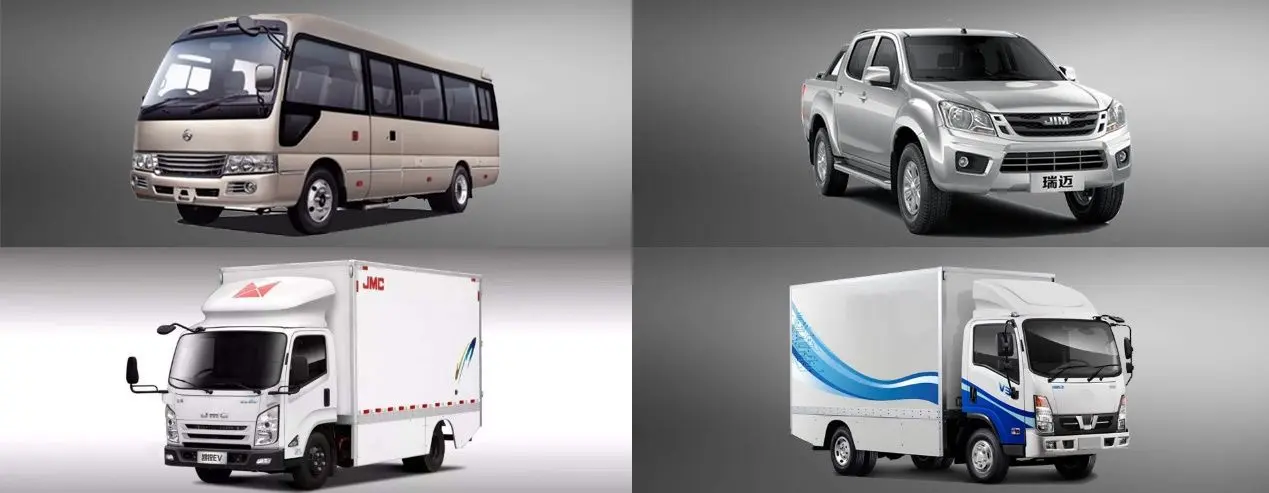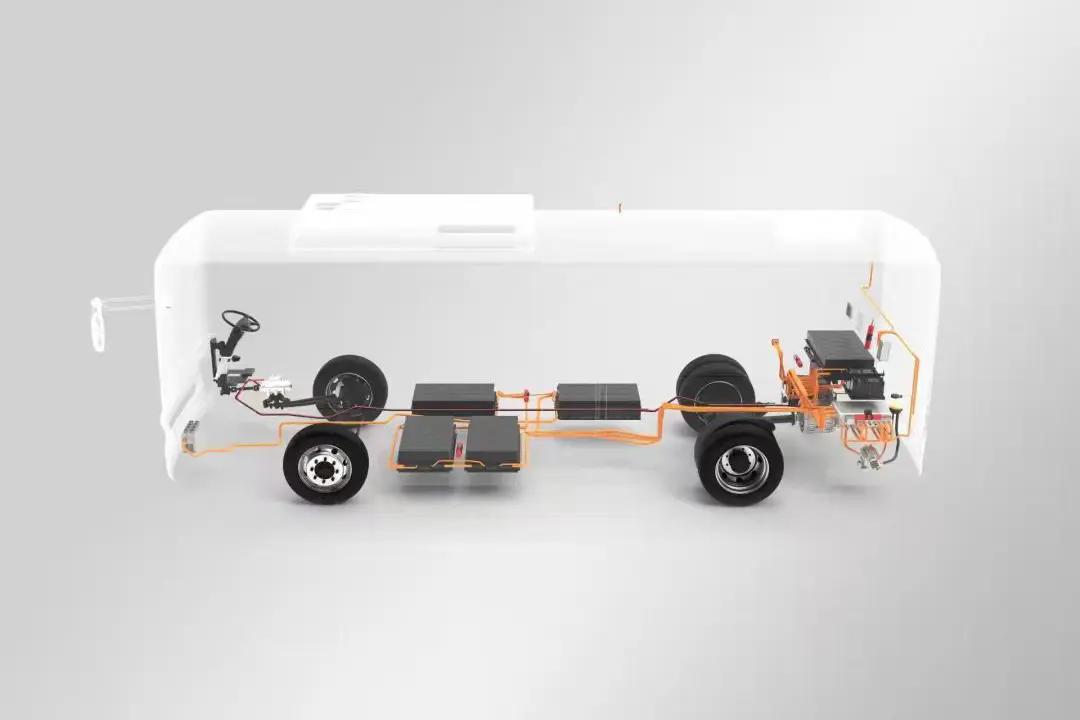Why Leading EV Brands Prefer PMSM Over Induction Motors
Introduction
The electric vehicle (EV) revolution is reshaping the automotive industry. With the urgent push for clean energy and sustainable transportation, the EV car motor has become the heart of modern mobility. As automakers refine their technologies for performance, efficiency, and longevity, one key component—the electric motor—has become a hotbed of innovation. Among the many types of motors available, the Permanent Magnet Synchronous Electric Motor (PMSM) has emerged as the top choice for many leading EV brands, surpassing the previously favored induction motors.
In this blog, we’ll explore why PMSM has become the preferred motor type in EVs by comparing it with induction motors, analyzing their performance, range, and efficiency. We’ll also discuss the challenges associated with PMSM and what the future holds for EV car motors.

The Rise of EV Car Motors in the Automotive Industry
The global automotive industry is undergoing a seismic shift. Government regulations, climate change concerns, and advancements in battery technology have led to a surge in EV development. Central to this shift is the evolution of EV car motors, which convert electrical energy into mechanical motion. These motors dictate not only how fast and smoothly a vehicle moves but also how far it can travel on a single charge.
As more automakers transition to EV platforms, the choice of motor technology becomes critical for achieving differentiation in performance and energy efficiency. While various types of motors exist, PMSM and induction motors are the most widely used in mainstream EVs.
Evolution of Electric Motor Technologies in EVs
Electric motor technology in vehicles dates back more than a century, but only in the last two decades has it gained widespread relevance. The earliest EVs used simple brushed DC motors, which were easy to control but inefficient and short-lived. Then came the AC induction motor, popularized by Tesla for its robustness and lack of permanent magnets.
As demand for better performance and longer range grew, automakers began exploring advanced motor architectures. The permanent magnet synchronous electric motor (PMSM) emerged as a powerful solution, combining high efficiency, torque density, and compactness. These characteristics make PMSM a standout candidate in today’s competitive EV market.
What Is a Permanent Magnet Synchronous Electric Motor (PMSM)?
A permanent magnet synchronous electric motor (PMSM) is an AC motor that uses permanent magnets embedded in the rotor to generate a constant magnetic field. Unlike other motors that rely on induced magnetic fields, PMSM motors are “synchronous” because the rotor rotates in sync with the stator’s magnetic field frequency.
Key features of PMSM include:
- High power density
- Excellent torque-to-weight ratio
- High efficiency, especially at low speeds
- Smooth and quiet operation
The magnets—often made from rare-earth materials like neodymium—play a critical role in enhancing the motor's energy conversion capabilities. PMSM is used in numerous EV applications, from compact cars to high-performance electric sports cars.
What Is an Induction Motor?
An induction motor, also known as an asynchronous motor, operates on a different principle. It doesn’t use permanent magnets. Instead, it relies on electromagnetic induction from the stator to induce a current in the rotor, which creates a magnetic field and causes rotation.
Key characteristics of induction motors:
- Durable and simple construction
- No dependence on rare-earth magnets
- Lower initial manufacturing costs
- Slightly lower efficiency, particularly at low speeds
Tesla initially favored induction motors, thanks to their durability and lower cost. However, as the focus shifted to improving range and performance, PMSM began to gain favor due to its superior energy efficiency.
Performance Comparison in EV Car Motors
Efficiency
PMSM generally has a higher efficiency across a broader range of operating conditions. This directly affects the vehicle’s range, which is a key metric for EV performance. In contrast, induction motors tend to consume more energy, especially during frequent acceleration and deceleration.
Torque and Power Density
PMSM offers higher torque at lower speeds and delivers faster acceleration. This makes it ideal for urban driving conditions and sportier EV models. Induction motors require more current to achieve similar torque levels, which can lead to increased energy consumption and heat.
Heat Management
PMSM runs cooler than induction motors under most load conditions. Since induction motors generate heat due to rotor currents, they need robust cooling systems, which can add weight and complexity.
Noise and Vibration
PMSM motors are generally quieter and smoother, providing a better driving experience, especially in luxury EV segments.
Control and Responsiveness
The synchronous nature of PMSM allows for more precise control, essential for features like regenerative braking and dynamic torque vectoring.
How PMSM Improves EV Range
Range anxiety is one of the most significant barriers to EV adoption. As such, increasing the driving range is a top priority for automakers. This is where PMSM shines.
The permanent magnet synchronous electric motor operates at higher efficiencies, converting more of the battery’s energy into motion and less into waste heat. This translates into:
- Longer driving range per charge
- Lower energy consumption per mile
- Reduced cooling system load, conserving more battery power
For example, tests have shown that PMSM-equipped EVs can achieve up to 10-15% greater range than their induction-motor counterparts using the same battery size.

Why PMSM Is Preferred by Leading EV Brands
Many of today’s top EV manufacturers—such as BMW, Audi, Hyundai, and even Tesla in its newer models—are incorporating permanent magnet synchronous electric motors in their drivetrains.
Reasons for Preference:
- Efficiency at Scale: PMSM allows automakers to improve overall vehicle efficiency without increasing battery size, helping reduce manufacturing costs and vehicle weight.
- Compactness: PMSM motors are smaller for the same power output, offering flexibility in vehicle design.
- Premium Driving Feel: Smooth torque delivery and quiet operation align with the goals of many EV brands targeting luxury or performance segments.
- Regulatory Compliance: Improved efficiency helps meet global CO₂ and energy efficiency regulations.
- Dual Motor Systems: In dual-motor setups (e.g., all-wheel-drive EVs), PMSM is often used in the main drive unit for efficiency, while induction motors serve secondary roles to reduce rare-earth material use.
Challenges of PMSM in EV Applications
Despite their advantages, PMSM motors are not without drawbacks:
Cost and Supply Chain Concerns
PMSM relies heavily on rare-earth magnets, primarily sourced from a few countries.
The price volatility of rare-earth materials like neodymium can affect the overall cost of motor production.
Demagnetization Risk
Under extreme heat or overload conditions, magnets may partially lose their magnetic properties, affecting long-term reliability.
Complex Control Systems
PMSM requires sophisticated motor controllers to ensure optimal synchronization and avoid torque ripple.
Environmental Concerns
Mining and processing rare-earth elements have significant environmental impacts, prompting manufacturers to explore alternative materials and recycling methods.
Future Outlook for EV Car Motors
As the EV market continues to evolve, the permanent magnet synchronous electric motor will likely remain a dominant force, thanks to its unmatched efficiency and performance. However, research and innovation continue in several directions:
Trends to Watch:
- Hybrid Motor Systems: Combining PMSM with other motor types for optimal performance under varied conditions.
- Rare-Earth-Free PMSM: Development of motors using ferrite or other alternative materials to reduce rare-earth dependency.
- Advanced Motor Control Algorithms: AI-driven control systems that further optimize motor efficiency and responsiveness.
- Integrated e-Axle Solutions: PMSM will play a central role in integrated powertrain solutions that combine motor, inverter, and gearbox into a compact unit.
Startups and traditional OEMs alike are investing in electric motor R&D, ensuring that the EV car motor landscape will remain dynamic and competitive.
Conclusion
The shift toward sustainable transportation hinges on the ability of EV car motors to deliver better performance, efficiency, and reliability. The permanent magnet synchronous electric motor has proven itself as a superior technology in these domains, offering advantages that align closely with the goals of leading EV brands.
While challenges like rare-earth material costs and supply chain concerns remain, the automotive industry continues to address these through innovation, recycling, and strategic sourcing. PMSM’s balance of power, efficiency, and drivability makes it a compelling choice—not just for today’s EVs, but for the future of mobility.
As more manufacturers embrace PMSM, we can expect electric vehicles to become even more efficient, responsive, and enjoyable to drive—ushering in a new era of high-performance, sustainable transportation.











